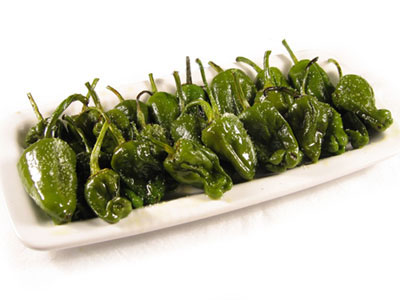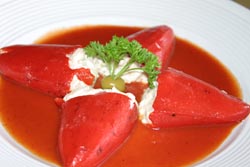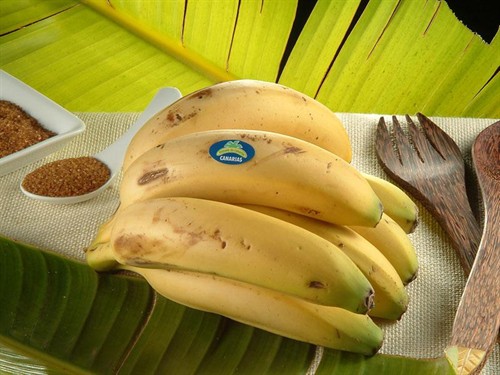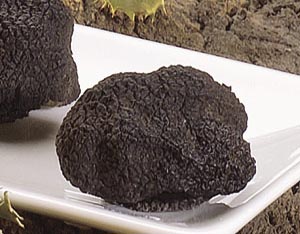
Ham, cheese and sausages are not the only typical products from Spain! There's also an assortment of fruits and veggies that are mainly produced and consumed in Spain and are characteristic of Spanish cuisine. However popular pork is, vegetable food sources are also a very important part of the Spanish diet and vegetables are specially used in Spanish tapas.
Though in cities most fruits and vegetables are purchased in supermarkets, there still is a large tradition of going to markets where people handpick each product. In most cases, fishmongers, butchers and delicatessen stalls are also found, as well as herbalists and other specialties. If you ever happen to be in Spain we recommend you to visit one of the typical Spanish markets (most big cities have one in each neighborhood and even small towns have their own) so you can get a feel of the Spanish gastronomic culture.
Below a selection of some of the most characteristic Spanish fruits and veggies:

Pimientos del padrón: These small peppers are natural from La Coruña in Galicia. Their size range from 2 to 4 inches, with intense green color that can vary from a dark olive like green to yellowy green. The special feature of this peppers is that while most are not spicy, between 20% and 10% of them are which gives way to many puns and jokes such as "unos picas y otros no" (if you want to find out what this means go to Spanish language resources!). However through modern agrobiologic selection some farmers are trying to eliminate the spicy peppers altogether.
Pimientos del padrón were imported from Mesoamerica, possibly Mexico or southern US, by monks of the Herbon Convent during the 16th century. However the pepper adapted and acquired it's particular features. Those people that don't like spicy food have developed visual methods to try and pick the spicy ones from the none spicy ones, though its not completely accurate.
Pimientos del padron are commonly roasted or fried and then seasoned with coarse salt. They are a very popular tapas.

Pimientos del piquillo's average size is around inches. Like most of its family, this red pepper originates from Latin america. When returning from his first trip to America, Christopher Columbus brought to Europe this new vegetable. The peppers were cultivated in Spain and developed into new varieties. Pimientos del Piquillo is mostly produced in the Spanish town of Lodosa (Navarra).
Pimientos del piquillo are usually stuffed with fish such as cod or hake and shrimp and fried, though they are commonly consumed raw in salad or small pieces on crackers or bread as tapas served with a little olive oil and modena vinegar.

The Canary banana is the most important crop of the Canary Islands and contributed to the archipelago's economic growth for many decades. This fruit was brought from Equatorial New Guinea. It's said that the Spanish colonizers exported the fruit to the American continent. Should you ever decide to study Spanish in Tenerife, be sure to try them.
It´s a small, whitish banana with a yellow and sometimes spotted skin. It's normally eaten as desert or sometimes prepared fried in cuban style rice.

Black truffle hunting is a hard and not always successful activity; truffles are hard to get. This factor contributes to their price, which soars over 500€ for a kilo. Its recollection must take place in winter, normally from December to February and trained dogs -some times hogs- must be used to find them, as they grow underground.
However wild black truffles are en ever growing luxury; several factors such as draughts, depredation of the areas they grow in and excess picking have made them even more scarce. That's why in Spain "tuber melanosporums" are not only collected but also cultivated (this is known as trufficulture). One of the biggest trufficulture farms in the world can be found in Navaleno (Castilla y Leon). The north of Spain has the perfect conditions for truffles as they grow in altitudes, cold climates and specially in certain types of woods such as holm oaks, oaks, hazels and linden trees.
If you want to try this delicious delicacy we recommend you to go to Barcelona, where truffles are most abundantly found!.